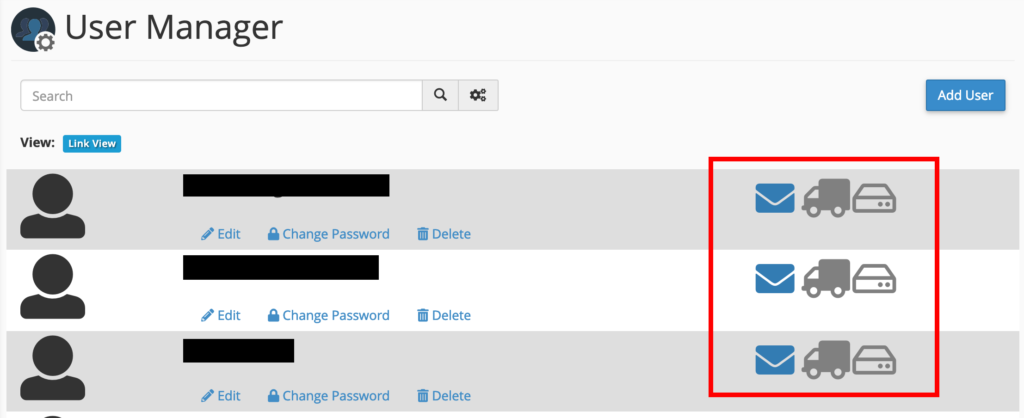We strongly recommend changing your password as soon as you log in to cPanel for the first time.
Click on “Password & Security”. You’ll be taken to this screen:

You’ll have to enter your old password before choosing a new one.
When it comes to setting up a new password, you can either take advantage of the Password Generator or come up with something on your own. Using the Password Generator is likely the right way to go, as it will give you a strong and secure password. Just click the button and let the generator take care of the rest:

The best way to save that password is to use a password manager (like LastPass – free). That way, you don’t have to memorize the password. No matter what you do, DON’T save your password in a Word file or something similar on your computer – where it could be easily discovered.
Updating Your Contact Information
One of the most important things you must do in cPanel is to provide an email where you can receive updates when needed.
Why this step is crucial:
- Without a working email set in this section, cPanel won’t be able to communicate with you should anything significant happen with your configuration.
- You also must set the email address to one that’s not attached to any domain name that you’re hosting in this cPanel; otherwise, in case anything happens with your config, that domain might get compromised as well, hence making any attempt at communicating with you impossible.
To get to these settings, click on “Contact Information” to reach the following screen:

We recommend having all the boxes under “Contact Preferences” checked, as they’re all updates that could alert you to suspicious activities (e.g someone else changing your password) or a hosting problem (e.g disk space being used up).
Adding a New User
Let’s say you want to work with someone to help you manage your websites, or you have a trusted business partner who also needs access to the hosting setup. That person will require their own user profile in cPanel.
To do that, click on the “User Manager” icon that’s in the same “PREFERENCES” section.

You will be taken to the following screen:

In that section, you can see all accounts that are currently set in your cPanel. There are three icons next to each account (you can see them in the screenshot above):
the envelope icon indicates if the person has an email account set up in the system – if the icon is colored then there is an email account set up; if it’s grayed out, then there’s none
- <img class="emoji" style="max-width: 100%; box-shadow: rgba(0, 50, 65, 0.8) 0px 24px 18px -20px; vertical-align: -0.1em !important; display: inline !important; height: 1em !important; width: 1em !important; margin-right: 0.07em !important; margin-left: 0.07em !important; background-image: none !important; background-repeat: initial !important; border: 1px solid #6dbaef;" role="img" draggable="false" src="https://s.w.org/images/core/emoji/12.0.0-1/svg/1f69a.svg" alt="


 (631) 450-2996
(631) 450-2996 146 4th Avenue
146 4th Avenue

